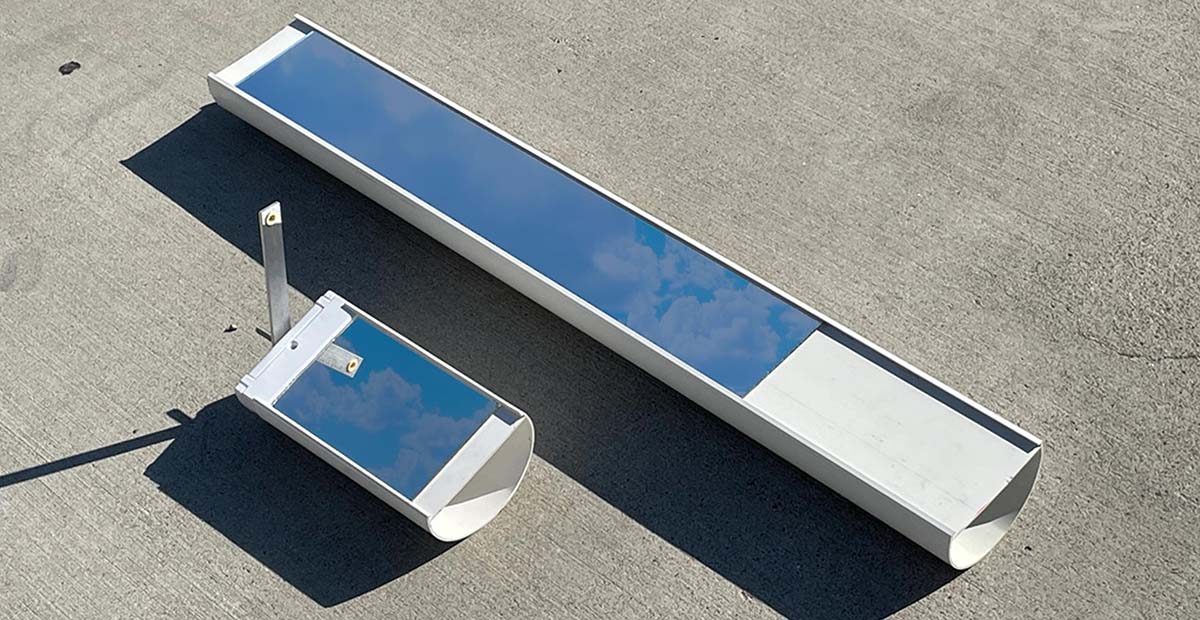
“We’ve worked in partnership with NREL on our in-house developed world-beating low-cost reflector system for close to a decade,” said John King, CEO and cofounder of Hyperlight Energy.
Hylux differs from conventional CSP design in that it uses recyclable plastic as opposed to the large quantities of steel normally used to construct CSP plants. Constructing with steel presents several challenges including cost of materials and transportation, supply chain issues, etc. With plastic, Hylux can be installed on-location and designed to fit a range of industrial settings.
“The new technology from NREL offers a breakthrough in design methodology that optimizes optical capture, with no additional cost for the hardware,” said Guangdong Zhu, inventor and senior engineer at NREL. “Up until now, the receiver design process started with an equation followed by a ‘guess-and-check’ approach through optical modeling of multiple iterations of the curve. However, the best way to do it is to use optical modeling from the start and let that tell you the optimal design with no guess work involved. You end up with the same material and production cost, but with a boost in performance for free.”
Hyperlight received a $5.5 million grant from the California Energy Commission to develop a commercial solar field to provide process heat for the Saputo cheese factory in California. The project deploys Hylux to provide a portion of the heat necessary in Saputo’s cheese-making processes via a 1.5-acre solar array. The company also has an MOU for a thermal enhanced oil recovery (EOR) project to decarbonize the transportation supply chain as well as multiple additional projects in the pipeline.
The title was amended on Feb. 3, 2022 to remove mention of receiver design replacing steel with plastic. The receiver itself is still made with the same materials.


